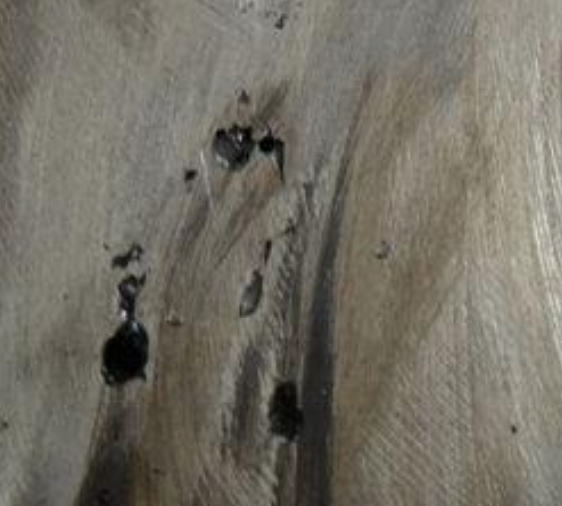Solving Hot Spot Die Casting Cracks, "If it's hot, cool it. If it's cold, warm it."
- Hill and Griffith

- Nov 7, 2018
- 3 min read
Some highlights from NADCA’s online webinar – Defects in Die Casting: Surface Defects and Other Problems.

This second course covers defects caused by such things as venting problems, surface defects such as “white surface” and die spray marking. It then goes into the two main types of cracking, leakers, flash and flaking/spalling during machining.
For information on purchasing a downloadable copy of this webinar in its entirety, please visit: http://www.diecasting.org/store/detail.aspx?id=WEB228
Transcript from the video highlight, "Cracks. We know the cause, often relatively easy to stop. I was in a plant two weeks ago where intermittent cracks kept occurring and disappearing. When we checked, the casting was always cracked but it was not on the surface, it was inside the casting, it was a hot crack. We'll go through those.

Cracks are one of the easiest things to fix and one of the most annoying. So you've got hot cracks, sitting here usually in the middle of a place where the heat is coming from both directions called converging heat flow and these are usually hot cracks and I'll show you those in a minute.

Cracks or tears or hot cracks have many causes but usually are at least partially caused by shrinkage cracks on the surface. If you imagine that area in the previous slide here, this is all frozen but this part is not. It starts to shrink in both directions, it opens up a crack. Most often the casting is stretched in the die as it cools because the die doesn't change dimensions, still is strong. While the casting is cooling and contracting, the stretching causes cracks at the weakest points. The last place to solidify where the aluminum hasn't totally frozen or where it is still very, very weak. So as these hot cracks are a localized thermal effect.
Solidification cracks on the surface occur during solidification, have a dark surface so when you break it open, you often see dark marks on the surface.

Or it can look like this on the right where you have a number of little shrinkage cracks on the surface and the castings that crack while cooling in the die, the crack will also be a hotspot. But it will not have a light surface increase radii.

We look at a typical hot crack, it looks like that. They're usually not long but they're wide, the distance between the two faces. And if you cut it and polish it, you see that. So again, the crack is not deep but it is wide on the surface. That means it cracks while it was hot. So that means this area is most probably a hot area and if it's hot, cool it. If it's cold, warm it.
Mechanical stresses can cause cracks while the die opens or the casting ejects. These are usually sharp cracks. Cracks at the base of long cores or fins dragging or sticking of projections into one die half may indicate die shift when the dies separate. The factors in die alignment should be checked, such as die droop, saw that four weeks ago. As the die opened, it dropped slightly. Worn guide pins, worn linkage, worn tie bar bushings, worn shoes, uneven tie bar stresses. But the most common is that the casting is in the die too long.
To purchase access to this course, visit the NADCA Market Place at www.diecasting.org/store. Purchasing a course through the online education system grants you one year of access to the recording, presentation, support material and test when applicable."
Die Casting News from the North American Die Casting Association:









Comments